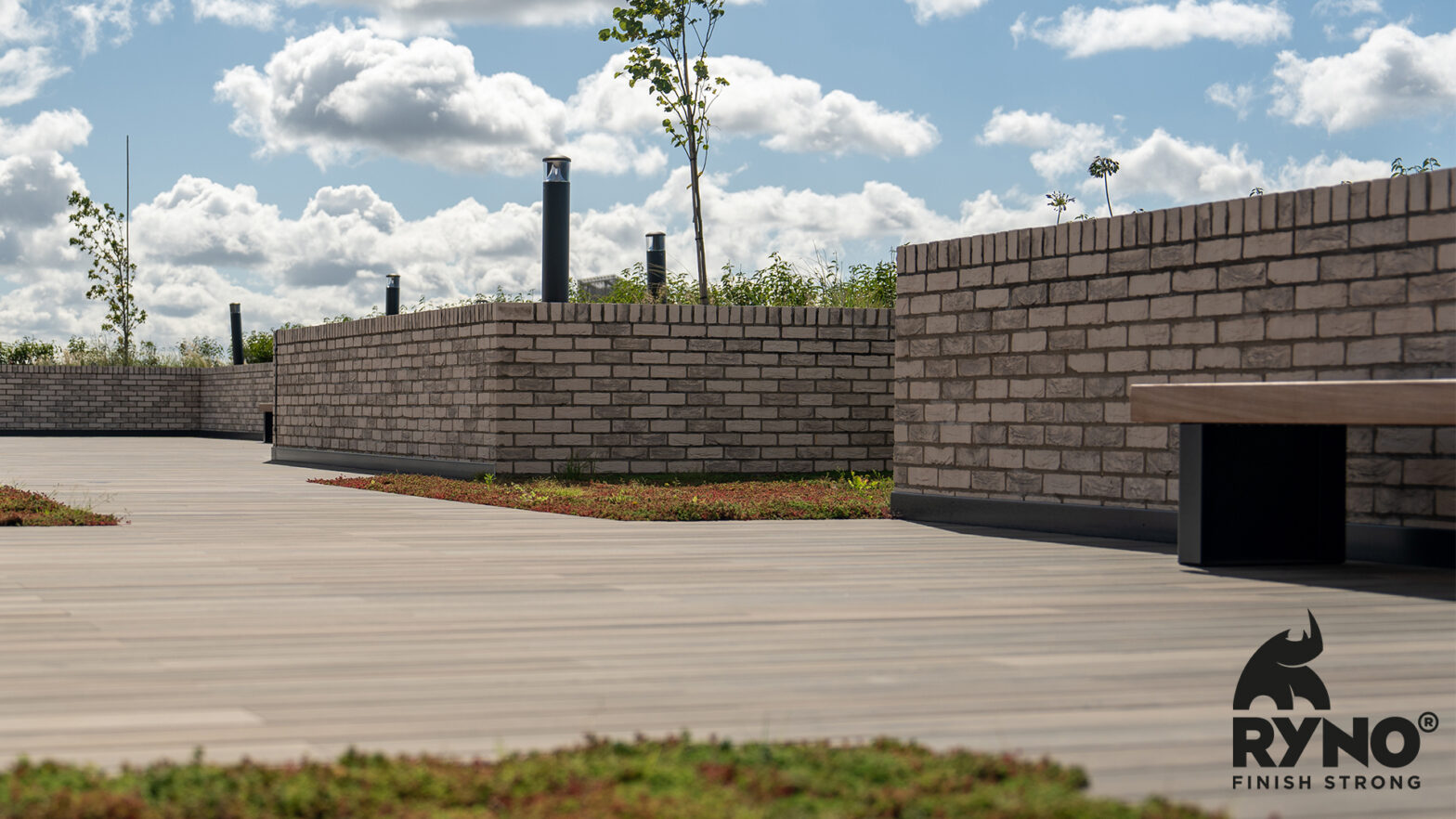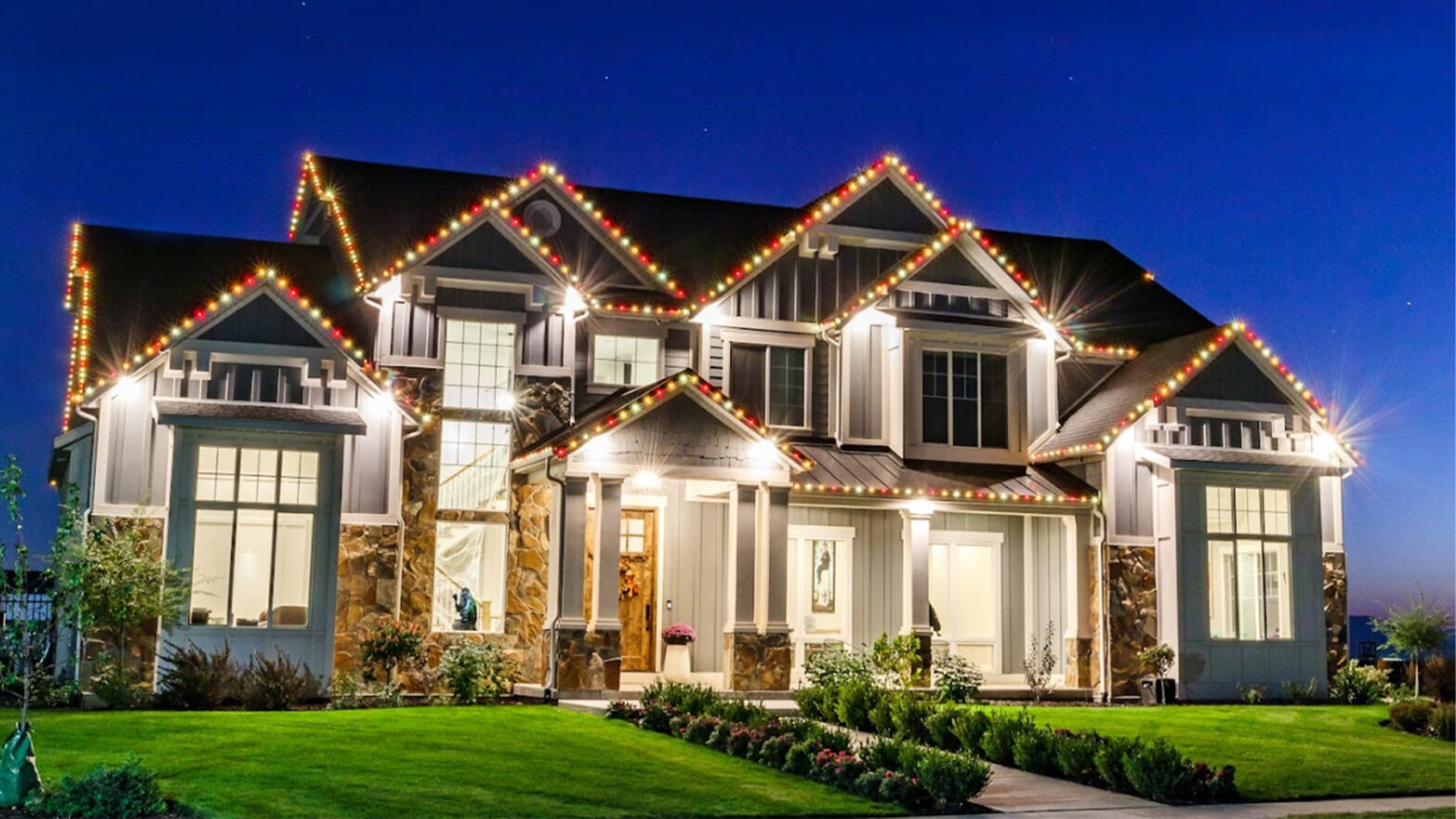By Holly Welles, Construction and Commercial Real Estate Writer and Editor of The Estate Update
For the average homeowner, it’s easy to overlook the importance of roofing. But a solid roof is as important — perhaps even more so — than a strong foundation. A well-built roof is essential to the value and durability of a new home. So how can homebuilders improve their roofing choices and installation in new constructions?
Look at Different Material Options
Asphalt, or bitumen, roofs might be the go-to for most construction companies and roofers, but they aren’t the only roofing option currently available. For those seeking ways to improve roofing in new constructions, it’s a good idea to look at different options that might be available.
Single-ply membrane roofs are growing in popularity because they’re quick and easy to install and can offer different levels of UV and chemical resistance, depending on their materials. They’re not compatible with other roofing systems, but they can be created in nearly any colour, making it easy for home and business owners to modify their building’s curb appeal.
BUR, or built-up roofing, combines layers of asphalt and bitumen with reinforcing fabric. These roofs tend to be more durable and can be more energy-efficient because they’re made up of multiple layers. The point here is that in order to be successful in the modern world, it’s essential to build up a roofing repertoire that includes various types of material to accommodate various types of client.
Make Safety the First Priority
Roofers are working at a significant height, even on single-story homes, which means there’s always the risk of a fall-related injury. While other things might make a company more lucrative or more profitable, it’s essential to make worker safety a priority. Falls account for three-fourths of the fatalities that occur in the roofing industry, and one third of fatalities in the entire construction sector.
Safety includes providing proper personal protective equipment, from harnesses and associated systems to prevent falls to hard hats, gloves and anti-slip shoes. Roofing PPE should be maintained and, if necessary, replaced when used regularly to ensure that it carries out its job successfully.
Experienced roofers might baulk at the idea of using tethers and harnesses while working off the ground, but something as simple as wearing a harness could mean the difference between life and death — between a successfully completed job and a wrongful death lawsuit.
Instead of relying on ladders, which aren’t always stable, consider utilizing scaffolding to make it safe and easy for workers to reach the roof during new construction. Scaffolding is safer and more efficient than ladders, especially for those workers carrying out their jobs around the edges of the roof. While it’s not necessary to wrap the entire construction project in scaffolding, having a decent foundation that can be built upon can improve employee safety and prevent costly on-the-job injuries.
Focus on Energy Efficiency
Energy efficiency is going to become an incredibly important part of the roofing industry as consumers make the decision to choose eco-friendly solutions for building their homes and businesses. It’s up to roofing business owners to make the necessary changes to create energy-efficient roofs on new construction projects when they’re requested.
This focus doesn’t necessarily require major changes in the construction process. Traditional asphalt shingles tend to be dark in colour, so they collect more heat and make it more difficult to cool the home or business below. Switching to lighter-coloured shingles can reduce the temperature of a roof from 150-175 degrees Fahrenheit — which it can reach on a hot summer day — by 50 to 60 degrees Fahrenheit.
Installing insulation from below is not something most people associate with roofing, but it can help to improve the roof’s energy efficiency. Insulation can also be useful for maintaining a comfortable interior temperature regardless of how old or new the construction project is, especially in areas that are prone to hot or cold weather.
Ensure Proper Installation
While re-roofing is an inevitable part of the roofing industry, it’s something that should be done only once every 25 to 30 years if everything is installed properly. It’s essential to make sure, when installing a roof on a new construction project, that everything is done correctly the first time. This precision will prevent costly mistakes that require correction.
Create a checklist or similar tool that details what needs to be completed for each step and require its use during every project. This might sound like it’s repetitive or unnecessary work, but it can help to create a paper trail that protects the company and employees in the event of an error that needs to be corrected.
Supervisors should also take the time to inspect the work as it’s done rather than waiting until the job is complete. Active monitoring and inspection can prevent even minor errors from becoming large problems and requiring costly or time-consuming corrections.
Improve Roofing Outcomes for Your Clients
Roofing on new construction might seem straightforward, but a lot of things have the potential to go wrong. Fortunately, most of the things that can go wrong are easily remedied by improving roofing processes for new construction projects.
Start by focusing on things like safety, material options and energy efficiency to improve roofing construction on new projects. There is absolutely nothing — not profit or deadlines or any other aspect of the roofing industry — that’s more important than the safety of the workers completing the projects.

































